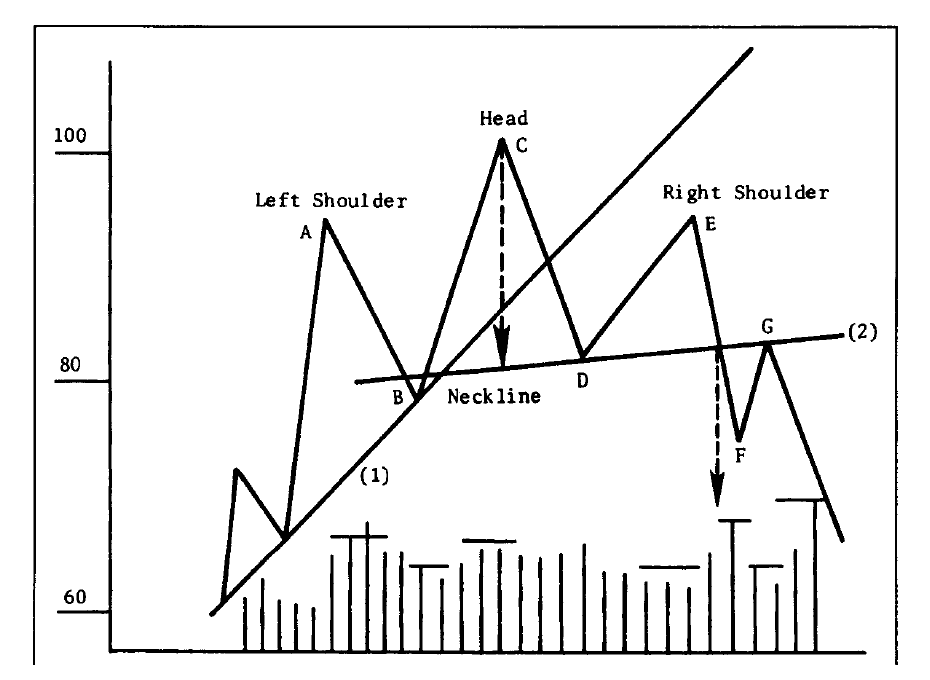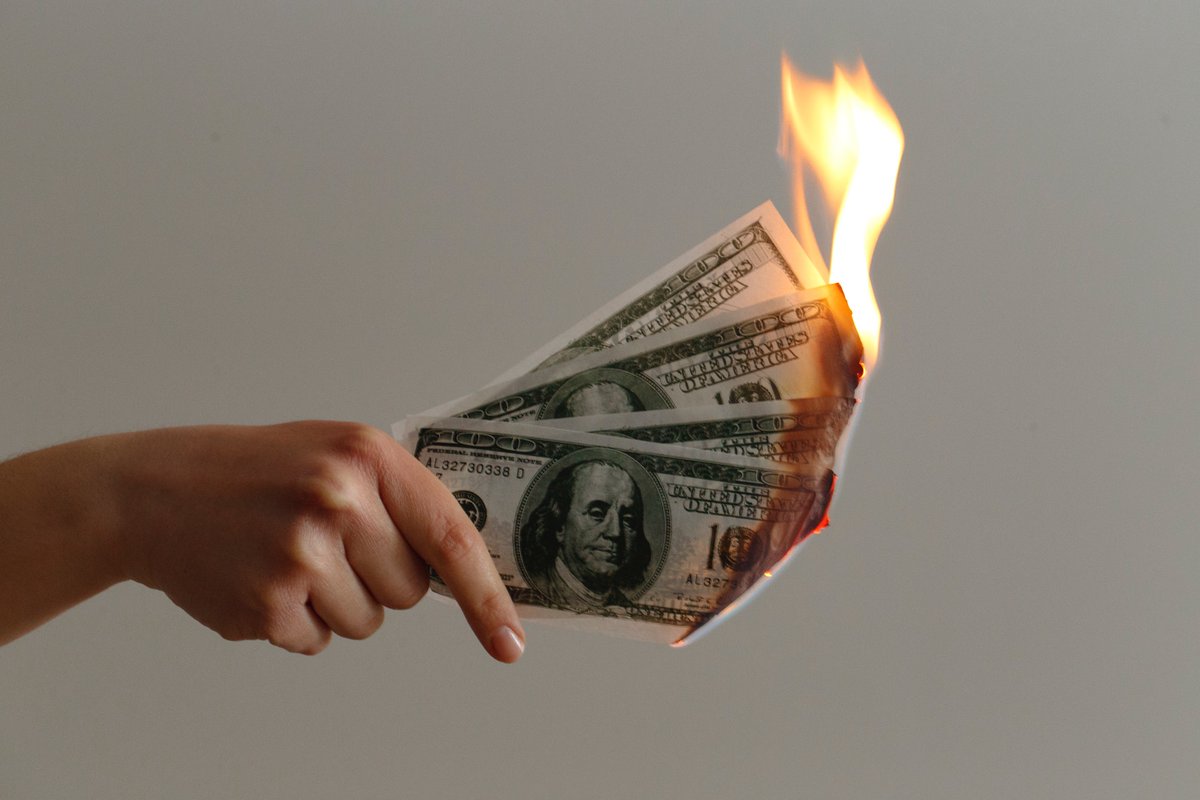H&S is probably the first pattern a trader hears of. Here is what we will cover.
Content
1. Nature
2. Identification
3. Occurrence
4. Historical performance
5. Finding entries
6. High probability trades
7. stop losses
8. Miscellaneous
9. Conclusion
Nature
The head and shoulders top is a reversal, bearish pattern, signifying a prospective drop in future prices.
The formation of pattern with a breakdown from its neckline(base) starts a probable bearish move.
Identification.
A prospective H&S pattern should have 3 distinct peaks. The middle peak is the head. This is the highest point of this pattern, sitting in between 2 shorter peaks, i.e. the shoulders. There must be an overlap in prices of these 3 distinct peaks.
The line where these prices overlap is called the neckline. A head and shoulders pattern is easily visible. So, don’t force yourself into finding it. The more times the prices overlap, the stronger is the pattern.
Note-Look for symmetry in the shoulders. A high time frame, high range pattern where the Head is not higher than 2.5 times the shoulder range has higher chances of success.
Volume.
The consensus is that the left shoulder should have the highest volume, the head lesser and the right shoulder the least. This isn't a rule but a general observation. It could change often.
Note- In my experience, Low volume during Breakout could hint toward a back test soon.
A high-volume breakdown might not see a retest immediately.
Occurrence
The pattern generally occurs after a substantial rise in price, i.e. it occurs when a price has significantly risen and is looking for a reversal.
John Murphy was of the opinion that the neckline is likely to be an upward trending.
However it can occur in a horizontal and less likely in a downward sloping line.
Here is an example of downward sloping H&S.
Historical performance
H/S is probably the best performing pattern, in both bull and bear markets.
Although the success rate of meeting the target calculated by range of the depth is only a little more than 50%, the rise is good enough to make ample profit.
The pattern has a low rate of failure. The patterns which fail AFTER breaking the neckline give enough upside to exit at break-even.
A break-out is generally followed by a throwback to the neckline levels in a trending market.
Here we see a target being met and the price falling further before a throwback.
Throw-back means the return of price to the neckline levels.
Entry
The entry should be taken ONLY when the pattern is completed, not in an anticipation of a completion. Example of an anticipated pattern failure.
The entry is made once the neckline breaks to the downside. See the example below.
Wait for the pattern to completely form. Wait for the breach of the neckline.
Enter only if the above 2 events occur.
High probability entries and Failure.
The head and shoulders pattern could fail at times. Here is an example of a failed pattern.
The failure generally occurs when the volume showcases an anomaly, or the market structure is looking only for a consolidation and not retracement.
To avoid the above as much as possible, a high probability entry can be entered in the following 3 manners.
1. Waiting for a retest
2. High Volume break-out
3. High momentum Break-out
Discussed below.
Retest of the Neckline.
It is common for the Breakdown from the Head and shoulders pattern to go back up and test the neckline.
An establishment of resistance at the neckline is a high probability entry for shorting.
Wait for the re-test in case of a low volume/ low momentum break-out. After the re-test, wait for a bounce from the neckline and then enter.
Sometimes the neckline does not get retested.
In this case, if the Breakdown is accompanied by high momentum or high volume, a safe entry is available.
Here is an example of High-volume break-down without a re-test,that was a safe entry.
High Momentum Break-down
If the Break-down is such, along with breaking the neckline, a previous support is also broken, then a short entry can be taken without a re-test after the support is broken.
Finding targets.
A common practice is to target the same number of points as is the range of the head.
Many people have different opinion on measuring the range.
I follow a Conservative method to measure from the neckline to the lowest point of the topmost candle.
Stop losses.
A method used by Peter Brandt is placing the stop loss above the high of the candle just before the Breakout.
In my opinion this works well, however I'd place it a bit higher considering the volatility of Bitcoin.
Illustration below
STUDY THIS IN DEATAIL
Complete Market structure of H&S
Price is in an uptrend.
Price looks for a reversal forming head and shoulders.
Neck line breaks down, followed back a retest of the Neckline. Price declines again at a range equal to the range of the head.....
Price then gets a throwback up to the neckline. The resistance at the neckline is broken.
Followed by a retest of the Neckline and continuation to the upside.
Trade Example with entry and stop loss.
Same general strategy can be followed for the 3 different high probability methods mentioned above.
Miscellaneous
Sometimes the market structure see a H&S inside a H&S. The price movement for this structure is exactly the same.
We might also come across this pattern with 2 or more shoulders on the either side. The effect on price remains the same.
Conclusion.
Head and shoulders is a powerful pattern with high probability of success. Wait for a confirmation, don't anticipate the pattern. Look closely at the volume during a breakdown.
Read the above thread a few times and you will always have this pattern at your disposal.
I hope this was useful. If you don't understand a point or find it difficult, give it a go once more. Like everything else, It gets easier upon practice and repetition.

























